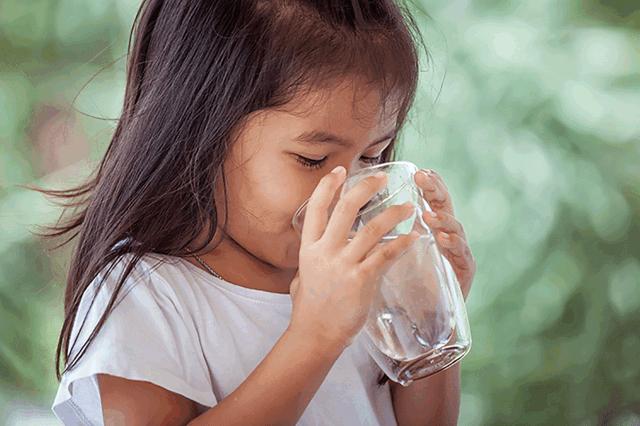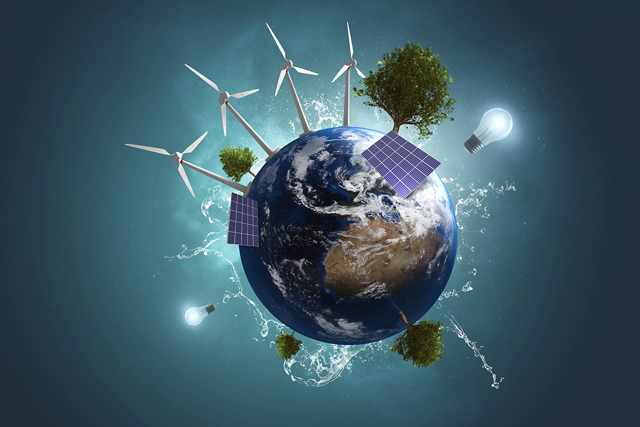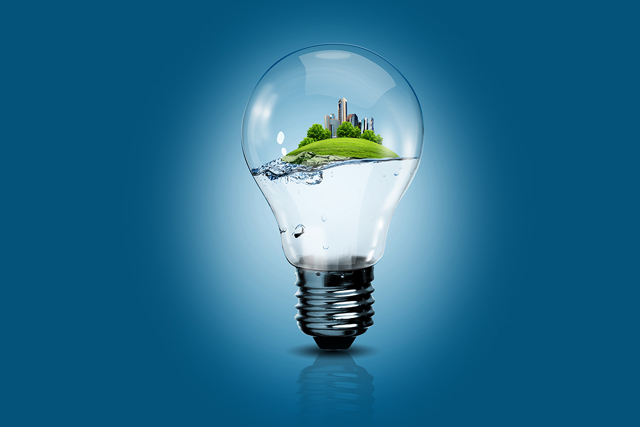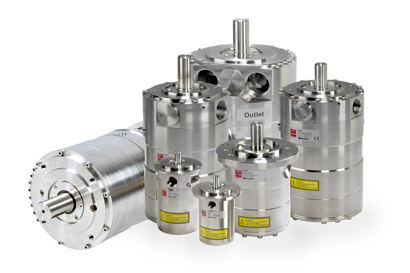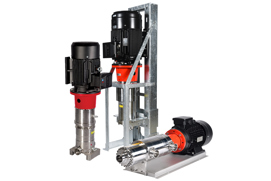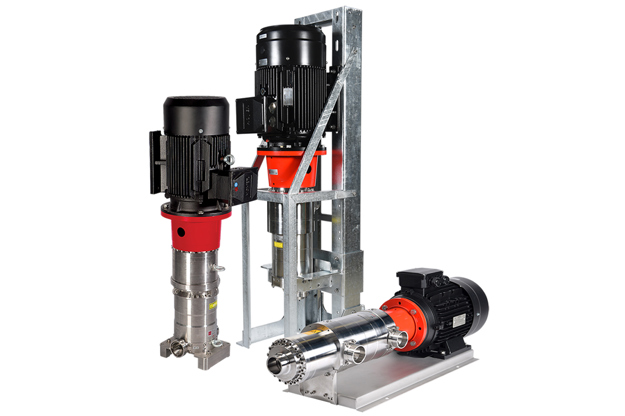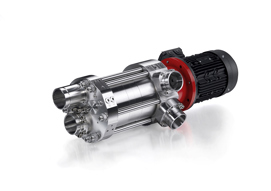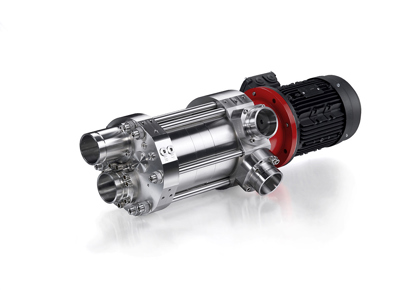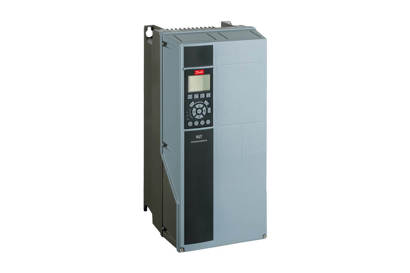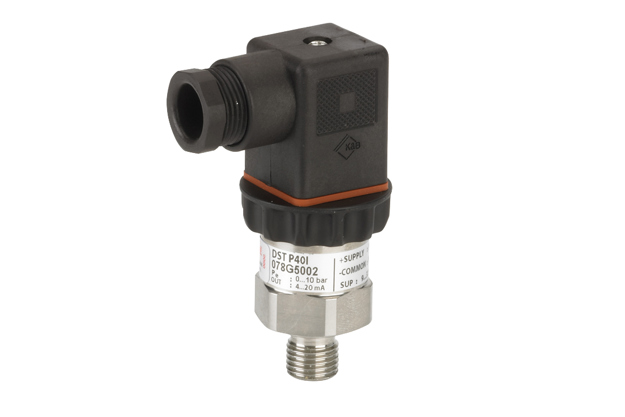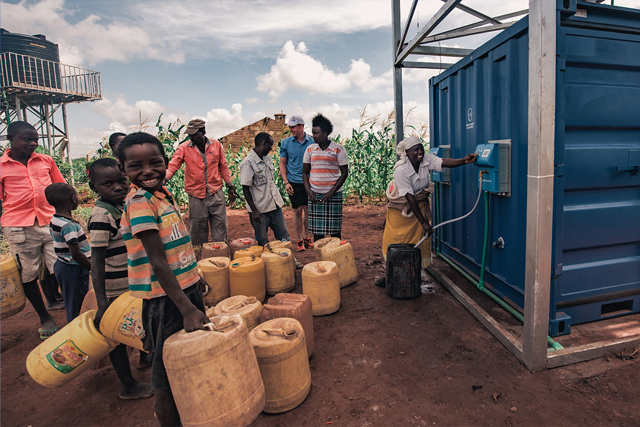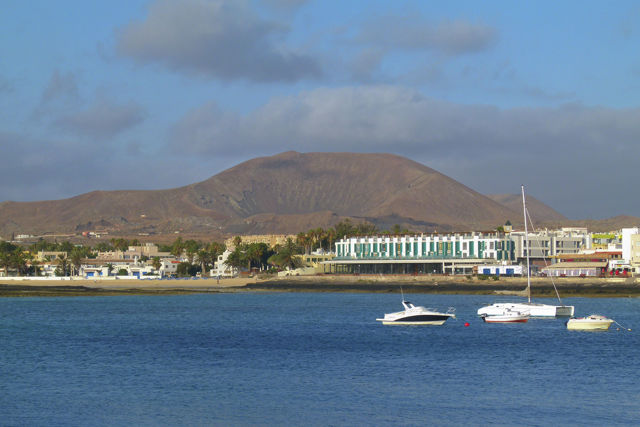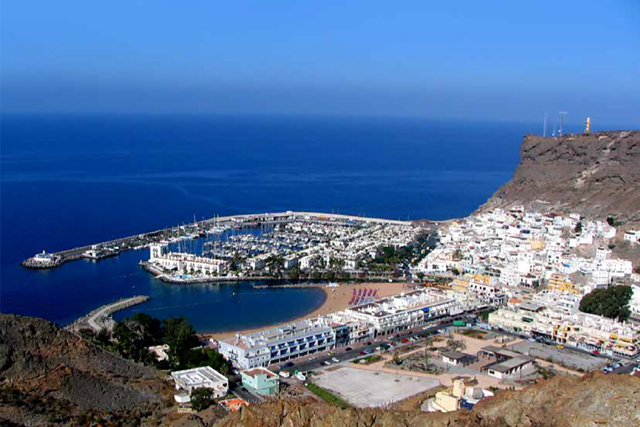A new year will be here soon, and with it a new collection of opportunities and challenges for us all.
For this blog, we put our collective heads together to consider what 2022 is likely to mean for desalination stakeholders worldwide. As you’ll see, the four trends we believe will mean most all relate to desalination’s relationship to climate change and the environment, its energy consumption, or both.
Trend 1: Climate change will exacerbate the problem of water scarcity and increase global focus on desalination as part of the solution
According to UNICEF, already today more than two billion people live with inadequate water supply, and four billion live with severe water scarcity for at least a month a year. The future looks even drier. The World Wildlife Foundation predicts that two-thirds of humanity could face water shortages by 2025, just three years from now.
Of course, many factors cause water scarcity, including growing demand, poor infrastructure management, waste, pollution, and pricing divorced from water production’s true costs and relative economic value. But exacerbating all of these is climate change. Regions that are already dry are becoming drier. Disruptions of age-old precipitation patterns and extreme weather events make some regions wetter and others drier. The World Bank estimates that GDP growth in regions most affected by climate-driven water scarcity could decrease as much as 6% by 2050 as lack of water hits agriculture, health, and incomes.
As the world struggles to limit global warming to 1.5 C above pre-industrial levels, desalination is increasingly seen as a partial solution to water scarcity, especially for the roughly 40% of the world’s population that live in coastal communities.
What to expect in 2022:
- Continued growth in the worldwide desalination market and more contracts awarded
- More media and public focus on desalination’s role in mitigating the effects of climate-driven water scarcity
Trend 2: Desalination’s environmental impact will come under growing scrutiny
As desalination grows worldwide, so will concerns about its environmental impact.
As we wrote in our blog, Mitigating the environmental impact of SWRO, it is especially desalination’s carbon footprint and impact on marine environments that are relevant here.
SWRO’s steady march toward lower energy consumption has already come a long way. However, there are still many opportunities to increase energy efficiency and reduce related greenhouse gas emissions. Retrofitting desalination’s installed base is one way that this will happen. Another is the growing adaptation of high-efficiency SWRO using isobaric energy recovery devices and energy-efficient axial piston high-pressure pumps.
How SWRO affects marine environments will also be an issue that receives more attention. This is especially concerning how intakes mitigate against impingement and entrainment of marine organisms and how outfalls discharge high-salinity brine to the sea. The chemicals used to reduce membrane fouling will also be on the radar.
What to expect in 2022:
- Increasing focus on environmental impact assessments for SWRO plants – and perhaps the first discussions of “total environmental costs of ownership”
- More regulatory and governmental attention to SWRO’s energy consumption and impact on marine environments – and the inclusion of SWRO in “green transition” schemes
- Discussion of minimum-liquid discharge and zero-liquid discharge for SWRO plants and better utilization of recovered minerals
Trend 3: Technological innovation will continue to reduce desalination’s specific energy consumption and environmental impact
As we described in our blog, A brief history of the energy intensity of desalination, desalination’s specific energy consumption (SEC) has dropped continuously for almost a century. The advent of high-efficiency SWRO, with isobaric ERDs and high-efficiency high-pressure pumps, has now reduced the SEC of many new plants from as high as 27 kWh/m3 for elderly thermal distillation plants to just 2 kWh/m3.
With a theoretical SEC floor of around 1 kWh/m3, we cannot expect such dramatic drops to continue. Still, even a further SEC reduction of 10-25% would have a significant impact on SWRO’s financial and environmental costs.
Ongoing technological innovation and growing adaptation of design best practices will continue to reduce SWRO’s environmental impact. Improved membrane technology reduces the need for backwashing and chemicals to check biofouling. Innovation and competition will make ERDs and high-pressure pumps both better and more affordable.
What to expect in 2022:
- Ongoing incremental improvements in membranes, ERDs, and high-pressure pumps.
- More experiments with alternatives to “traditional” SWRO, including reverse electrodialysis, solar dome technology, forward osmosis, subsea desalination, and semi-batch/batch RO.
Trend 4: More desalination will be powered by renewable energy
According to the World Bank, energy prices surged more than 80% in 2021 compared to 2020 and are likely to stay high in 2022. This is due not least to a sharp uptick in commodity prices for natural gas and coal.
At the same time, renewable energy prices continue to fall worldwide. In fact, the International Renewable Energy Agency released a report in June 2021, showing that 62% of all renewable energy added in 2020 had lower costs than the cheapest fossil fuel alternatives.
Already today, renewables are the cheapest new source of power. As the world works toward net-zero emissions in 2050, the price disparity between clean renewable energy and energy derived from fossil fuels will most likely continue to expand.
This trend influences desalination’s financial and environmental costs in two ways. First, as renewables’ share of total electricity supply grows from a record 30% in 2021, desalination’s carbon footprint will correspondingly fall – along with everything else that consumes electricity – albeit at a slow pace. Second, more and more SWRO plants will be directly powered by renewable sources.
This is already taking place at a small scale in off-grid locations, but in Yanbu in Saudi Arabia, a 450,000 m3/day SWRO plant powered by photovoltaic solar arrays is planned to come online in 2023.
What to expect in 2022:
- More innovation in renewable-driven SWRO for small and large plants
- Plant designs that integrate more storage of treated water to mitigate the effects of uneven sun and wind availability
- Increased funding of off-grid, renewable-driven SWRO by aid agencies to mitigate the effects of water scarcity in developing economies
As both Niels Bohr and Yogi Berra have been quoted, it’s difficult to make predictions – especially about the future. Nonetheless, we believe we’ll see more of these four trends throughout 2022 and beyond.
What do you think will be the biggest SWRO trends in 2022? Ping us on social media!
Related blogs
Read more about our solutions for desalination
-
if (isSmallPicture) {


 High-pressure pumps for SWRO applications
High-pressure pumps for SWRO applicationsThe range of high-pressure APP pumps is optimized for both landbased, off-shore and marine sea water reverse osmosis applications. Available with or without motor.
-
if (isSmallPicture) {


 iSave® energy recovery devices for high-pressure membrane applications
iSave® energy recovery devices for high-pressure membrane applicationsWith a 3-in-1 design that integrates highly effective isobaric pressure exchangers with positive displacement booster pumps and electrical motors, active iSave® ERDs deliver big energy savings in small spaces. Covering train sizes from 200-3,000 m3/day
-
if (isSmallPicture) {


 MPE 70 energy recovery device for medium to large SWRO applications
MPE 70 energy recovery device for medium to large SWRO applicationsThe first active ERD for medium and large plants, the MPE 70 integrates highly effective isobaric pressure exchangers with a low-voltage motor to eliminate the risk of rotor overspin, reduce mixing and biofouling, and facilitate smarter automation. Covering train sizes from 1,500 m3/day and above.
-
if (isSmallPicture) {


 VLT® AQUA Drive FC 202
VLT® AQUA Drive FC 202VLT® AQUA Drive FC 202 controls all types of pumps and comes equipped with a cascade controller.
-
if (isSmallPicture) {


 DST P40I titanium pressure transmitter for use in corrosive environments and with aggressive media
DST P40I titanium pressure transmitter for use in corrosive environments and with aggressive mediaFor use in corrosive environments and with aggressive media, Danfoss offers the robust DST P40I pressure transmitter made of Titanium and with ceramic pressure sensing element. DST P40I is optimized for use in applications such as desalination systems, seawater cooling, and chemical processing.

